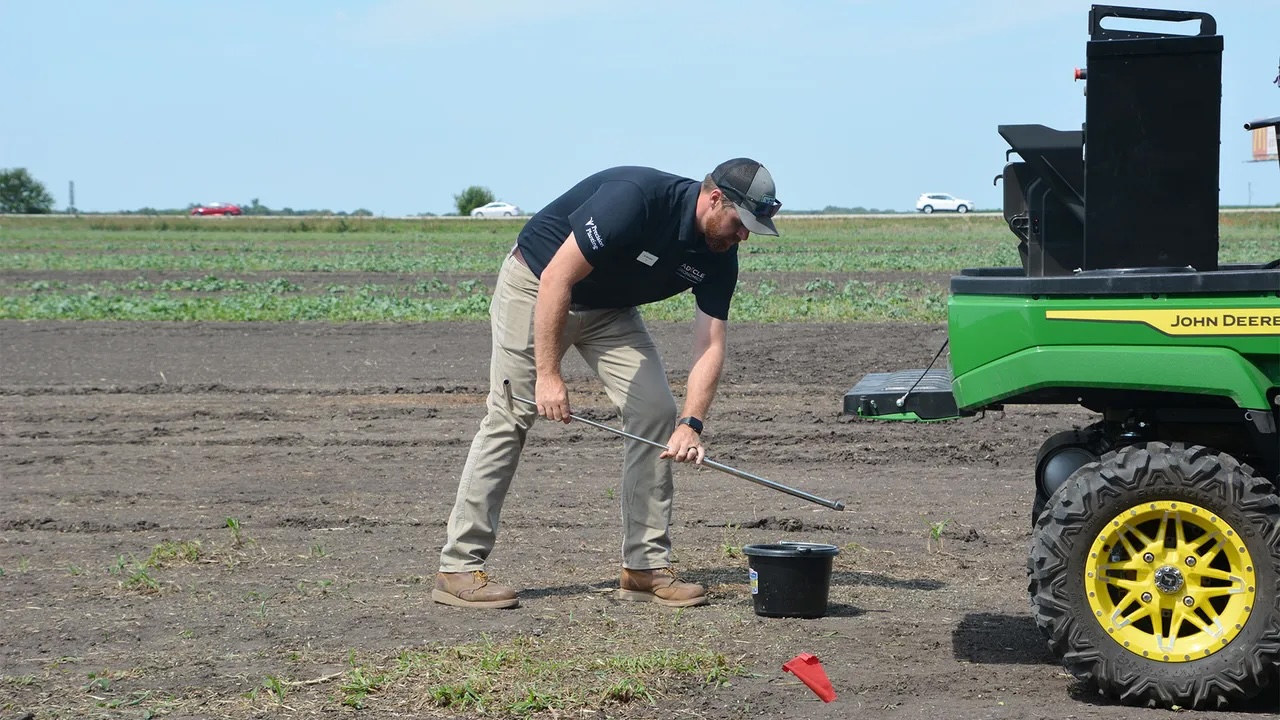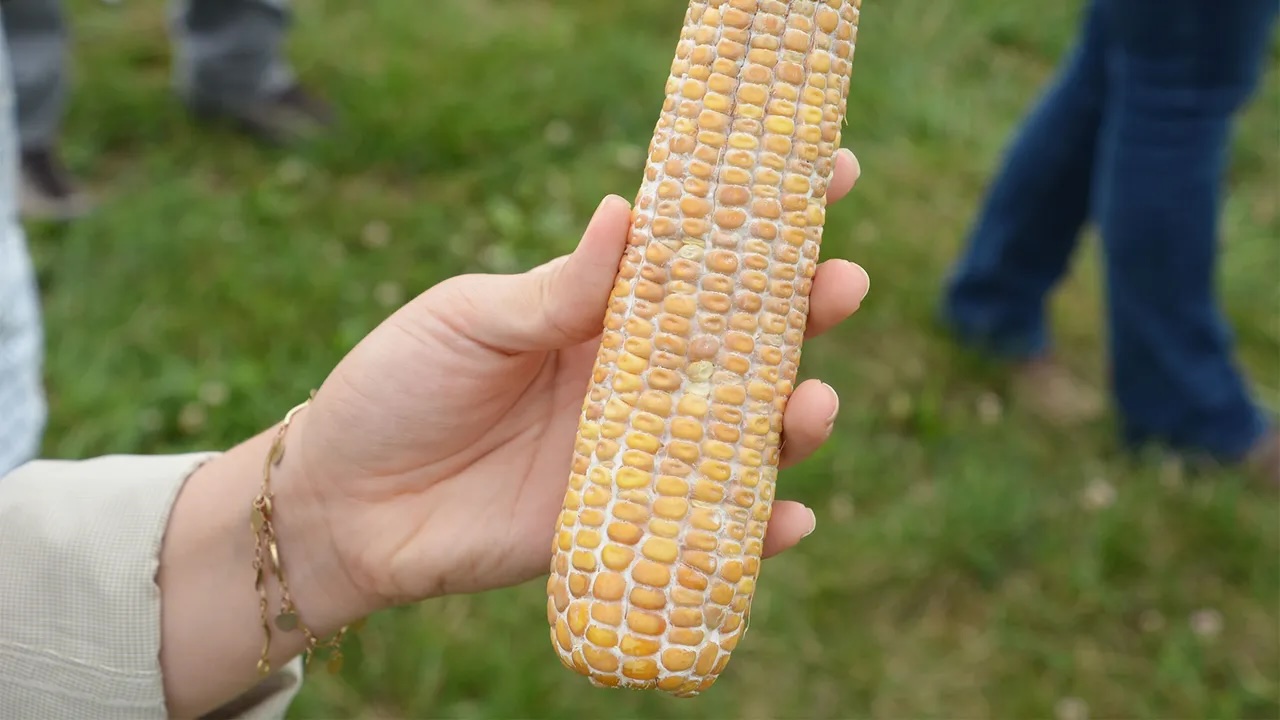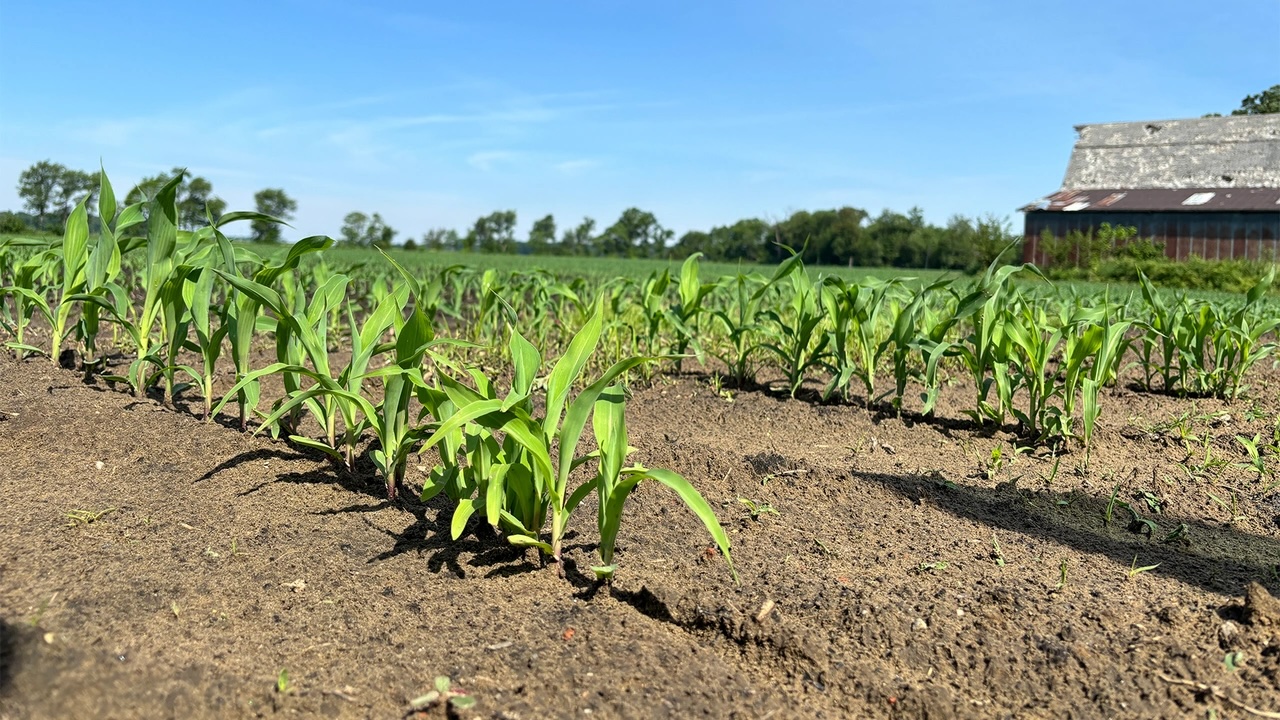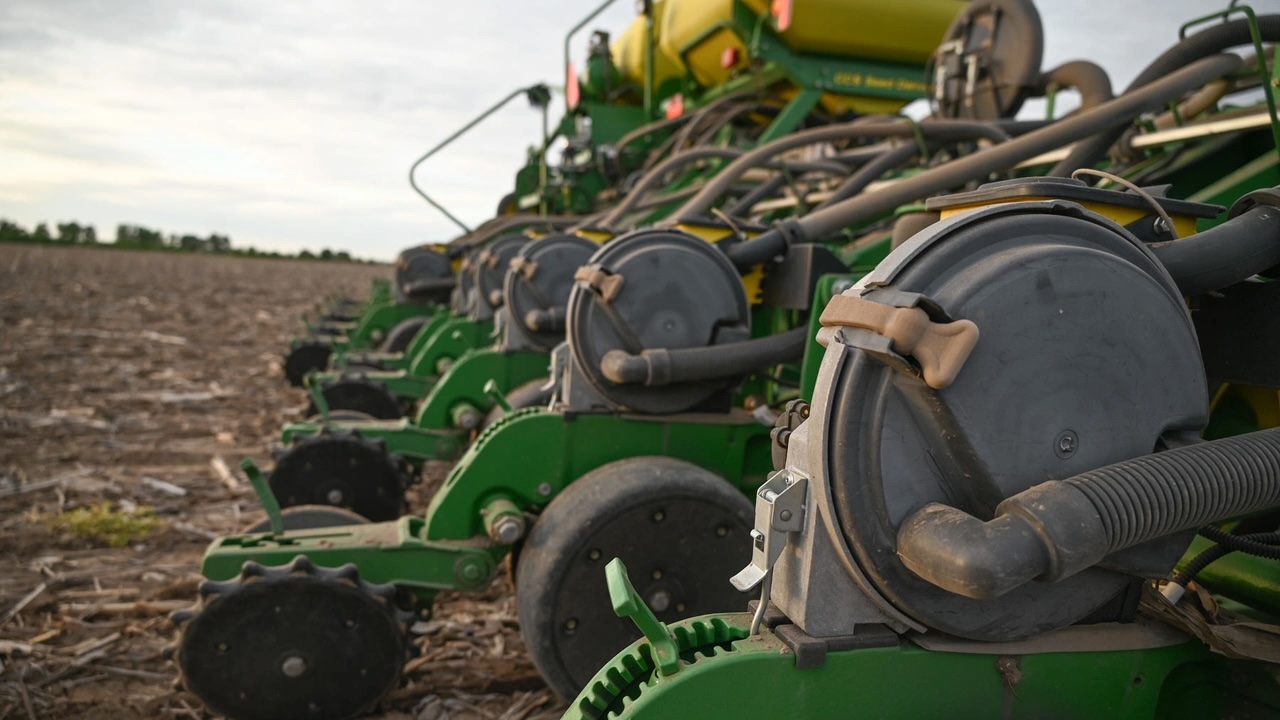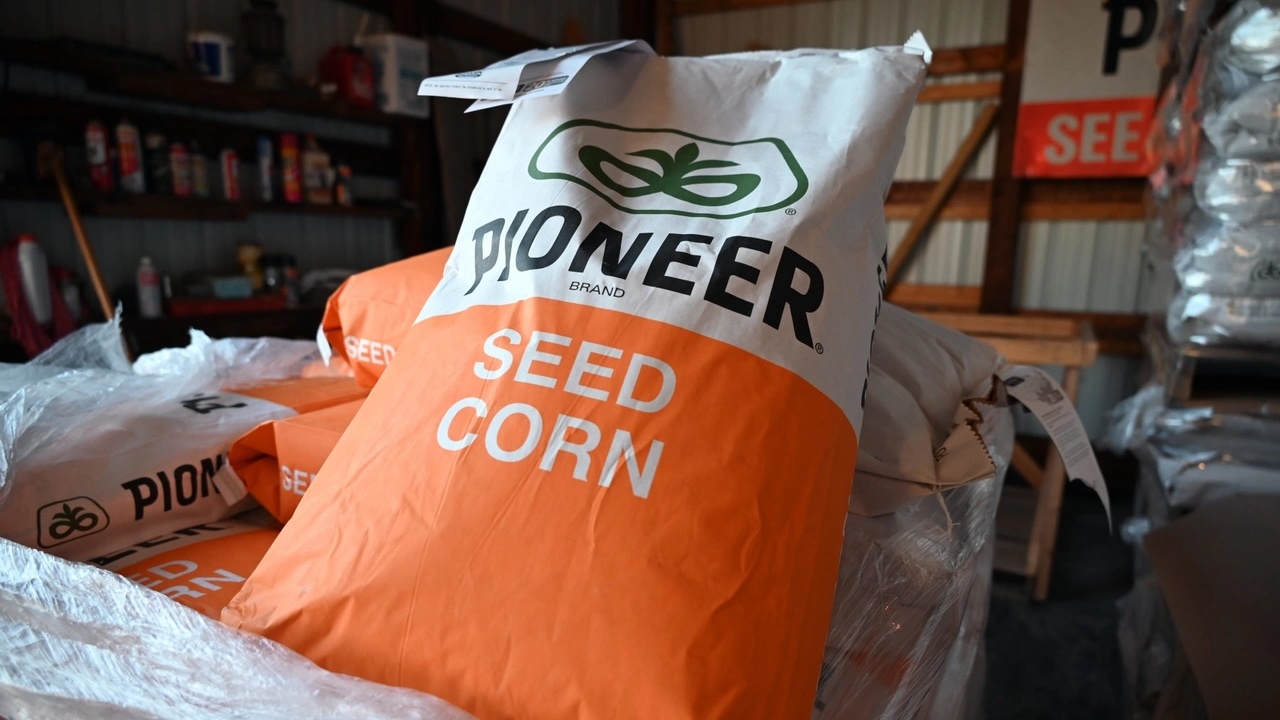Indiana Prairie Farmer publishes a column written by Tom Bechman with the help of CCAs for CCAs and their clients. With permission from Prairie Farmer we are posting these Corn and Soybean Corner articles on the CCA website. Many thanks to the authors and the support of Indiana Prairie Farmer.

Corn Corner Articles

Corn after cereal rye? Don't forget sulfur boost
Answers are from the Indiana certified crop adviser panel: Danny Greene, Greene Crop Consulting, Franklin; Bryan Overstreet, soil conservation coordinator, Rensselaer; Dan Quinn, Purdue Extension corn specialist, West Lafayette; and Dan Ritter, Dairyland Seed agronomist, Plymouth.
Our corn was deficient in sulfur following a cereal rye cover crop this growing season. Should we plan to apply sulfur to give corn a boost next growing season? What product should we apply? When should we apply?
Greene: When corn follows cereal rye, sulfur deficiencies are common because both crops are high-biomass grasses. Like the carbon-to-nitrogen ratio agronomists have talked about for years, rye residue also contains a high carbon-to-sulfur ratio. As microbes break it down, they temporarily immobilize sulfur, making it less available to corn early in the season.
Sulfur can be supplied through many products. They include ammonium sulfate or AMS, ammonium thiosulfate or ATS, gypsum in bulk or pellets, elemental sulfur, other liquid formulations, or manure. Liquids like ATS work well in 2-by-2 starter or sidedress UAN applications, providing sulfur when the plant needs it most.
Generally, plan for 20 pounds per acre of sulfur. Make sure at least part of it is applied early for young corn. If liquid isn’t an option, use dry forms, AMS or gypsum, or a combination. The key is matching timing and placement to crop uptake.
Overstreet: We are seeing responses to sulfur across the area, but even more so after cereal rye in corn and soybeans. For years, we have talked about the carbon-to-nitrogen ratio following cereal rye. We also need to look at the sulfur ratio.
There are several options of products to use. Dry products such as AMS or some phosphate and potash sources are easy to add to your dry fertilizer mix. I prefer them applied in the spring due to movement of sulfur in the soil. Elemental sulfur takes time to break down, so it is not used as often. If you are sidedressing UAN, that is a great time to add sulfur to the mix and give the crop a boost.
Quinn: Yes, if you are following a cereal rye cover crop, you should look to apply sulfur. The best time to apply is right before or right at planting. A broadcast application of ammonium sulfate or the inclusion of ammonium thiosulfate in the starter fertilizer are two very good application methods for applying sulfur early in the season. Do not place in the furrow, and be careful with the rate to avoid seedling injury.
Ritter: Sulfur is mobile in the soil. Reliable soil tests can be a bit tricky. So, if corn showed deficiency, I would lean toward adding sulfur. Are you on lighter soil? Again, these soils are subject to more sulfur deficiency issues.
As far as form to apply, you can use elemental broadcast in the fall. This allows time for the product to break down to the sulfate form and become available for plants by spring. My personal preference is applying liquid starter in the spring. Be cautious, as some forms can’t be used on seed. So, avoid pop-up fertilizer that goes in-furrow and stick with 2-by-2 starter fertilizer.

